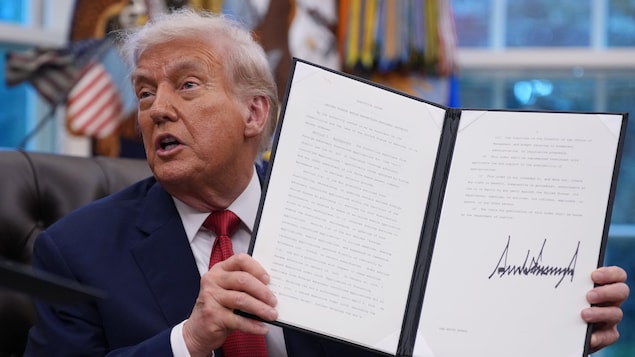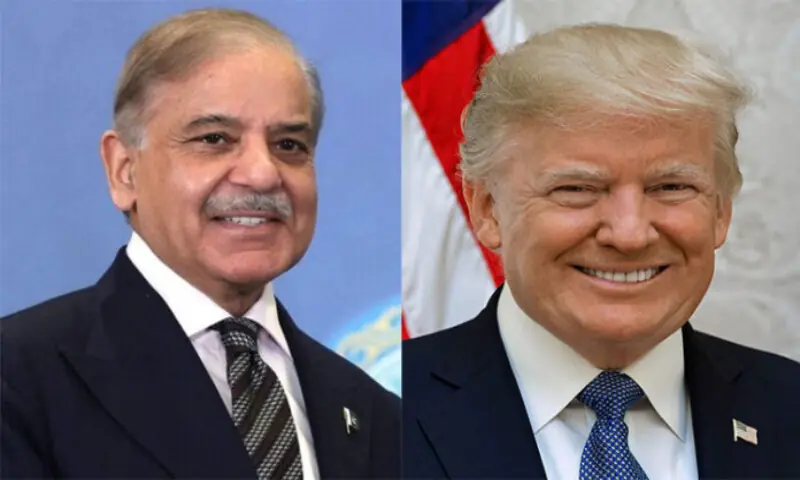Carney's White House Visit: Seeking Steel Tariff Relief Amidst US-Canada Trade Tensions
A Canadian delegation, led by Prime Minister Mark Carney, is heading to the White House for a meeting with U.S. President Donald Trump on Tuesday. The primary expectation is to secure partial relief from the existing steel tariffs imposed by the U.S. on Canadian goods.
Hopes for a Broader Framework
According to sources speaking with CBC News and Radio-Canada, the Canadian delegation hopes that any progress on steel tariff relief could establish a precedent for reducing other tariffs currently impacting Canada. These sources remain unnamed due to the sensitivity of the discussions.
The invitation to meet was reportedly extended by Trump during an informal conversation with Carney on the sidelines of the UN General Assembly in New York in September. Subsequent discussions between Canadian and U.S. teams finalized the date for the meeting.
Navigating a Tumultuous Relationship
The meeting presents an opportunity for Carney to strengthen his relationship with Trump, particularly after a challenging summer marked by missed trade deadlines and the imposition of new tariffs. Trump's anger over Canada's proposed Digital Services Tax further strained relations.
Despite characterizations of ongoing trade talks as generally positive, there's a pervasive "nervousness" surrounding interactions with Trump, given his reputation for unpredictable decision-making. Typically, high-level meetings like this would involve announcements of concrete agreements or plans, but expectations are being managed cautiously.
The Impact of U.S. Tariffs
The U.S. has implemented a wide range of tariffs on Canada, contributing to job losses, economic uncertainty, and financial strain. While some exemptions have been applied, Canadian steel and aluminum tariffs remain at 50 per cent. Currently, no country has successfully negotiated a complete removal of these specific tariffs, although lower rates exist for nations with broader trade agreements with the U.S., such as the U.K.
Relationship Building Efforts
Carney and Trump have met face-to-face at least three times since Carney became Prime Minister. While Trump's tone toward Canada seems less hostile than during the final months of Prime Minister Justin Trudeau's tenure, obstacles persist. In June, following trade discussions at the G7 summit in Kananaskis, Alta., Carney announced a 30-day goal for a new comprehensive Canada-U.S. trade and security agreement.
"I'm looking forward to continuing this work at this summit and in the weeks ahead," Carney said.
However, Trump abruptly suspended talks due to Canada's Digital Services Tax. Following Canada's decision to drop the tax, talks resumed, but hopes for a deal diminished quickly. Trump extended the original 30-day deadline and then threatened to increase tariffs if an agreement wasn't reached by August 1. When the deadline passed without a deal, border security and fentanyl-related tariffs increased from 25 to 35 per cent (with exceptions for CUSMA-compliant goods, but not for Mexico). Canada has since removed counter-tariffs on U.S. goods, hoping it will be seen as a goodwill gesture that will encourage more productive talks.
The Lingering "51st State" Rhetoric
In addition to trade disputes, Trump continues to suggest that Canada would be better off as the 51st state. Canadian officials hoped this kind of statement would have stopped after Trudeau left office, given Trump's personal animosity toward the previous prime minister. While less frequent, he made similar comments during a Fox News interview this summer and during a speech to U.S. military leaders. In this difficult moment, while there is hope for progress by Canadian officials, there's a fear of the unknown with Trump — a fear of making things worse.
 Visit the website
Visit the website






